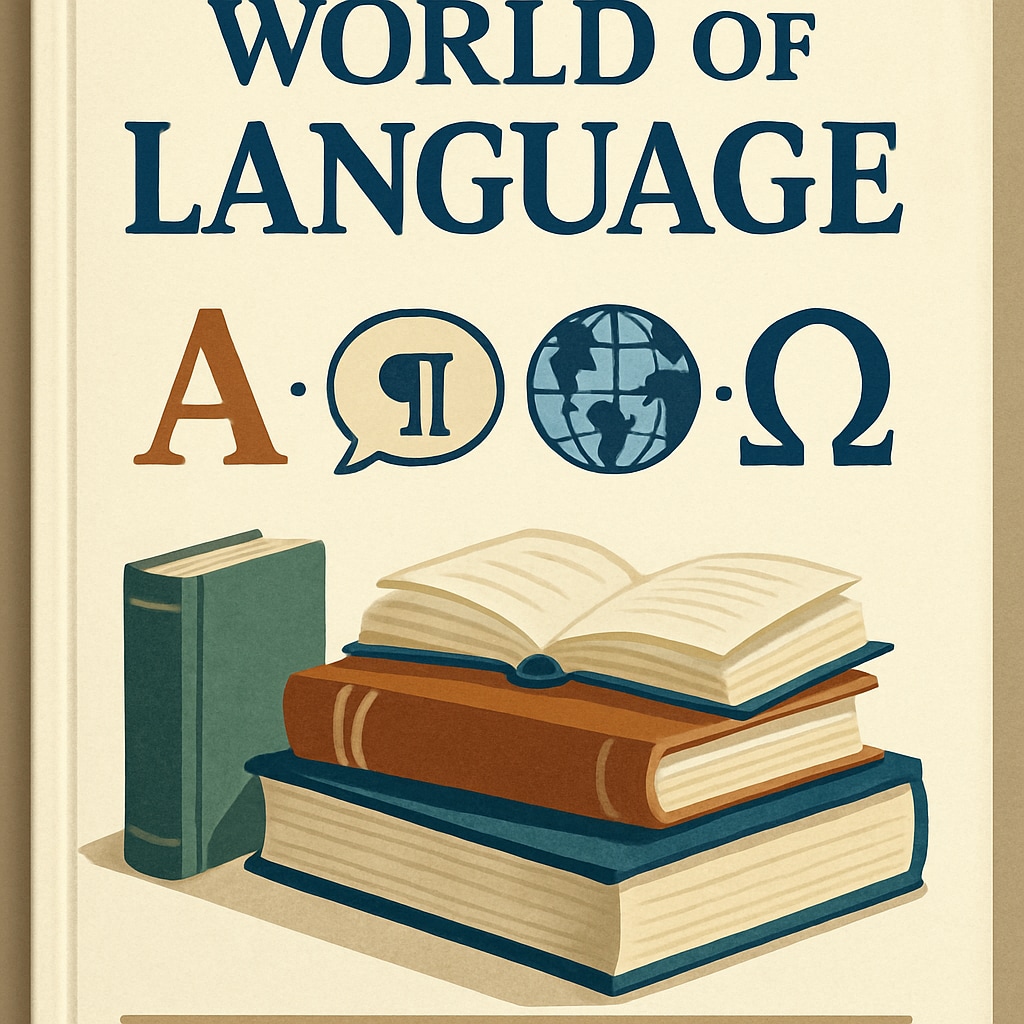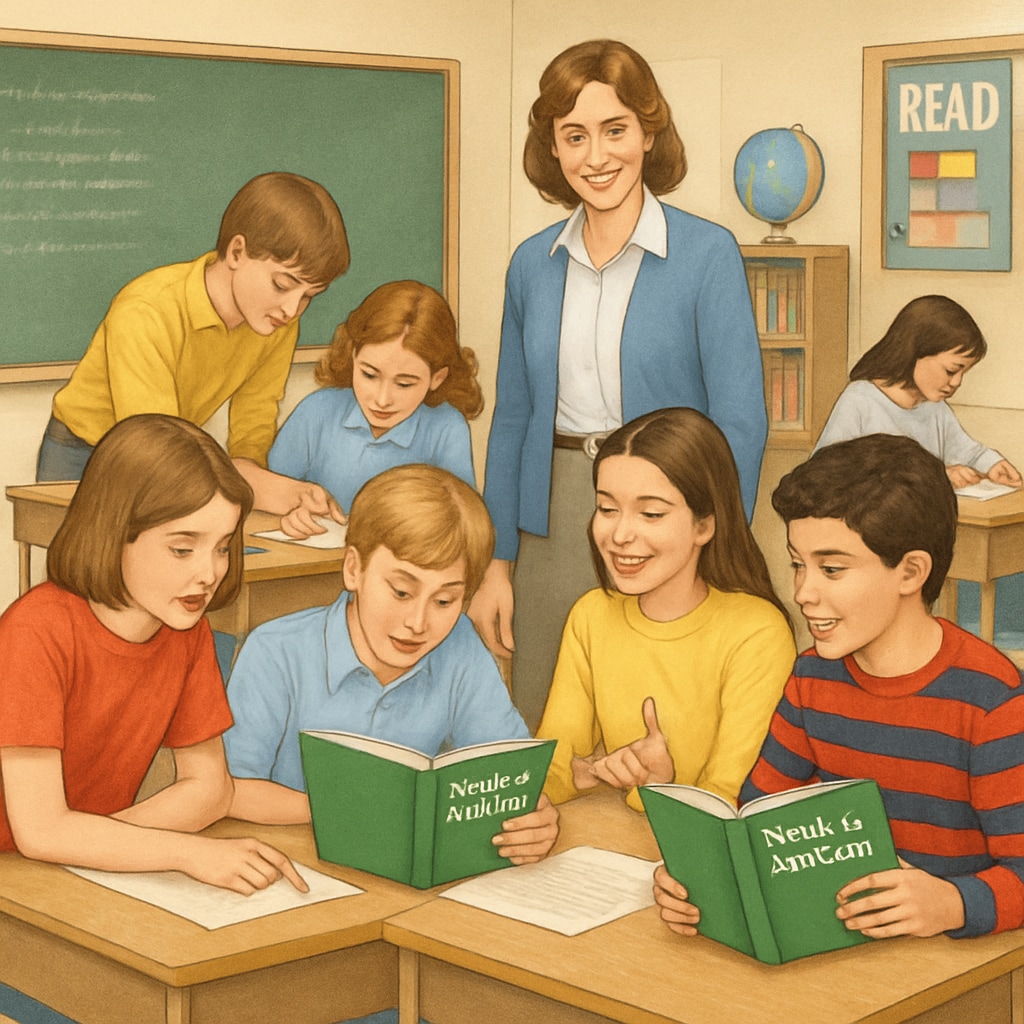The “World of Language” elementary language textbook stands as a beacon of innovation in the realm of education. Few textbooks have left such a profound impact on the way young students approach language learning. With its creative structure and engaging content, “World of Language” not only taught grammar and vocabulary but also stirred curiosity and motivation for linguistic exploration. As modern education grapples with an overwhelming variety of curriculum options, revisiting the principles behind this classic textbook offers valuable insights for contemporary educators.

The Unique Features of “World of Language”
One of the standout aspects of “World of Language” was its carefully curated balance between theory and practice. The textbook presented language concepts with clarity, using relatable examples and stories that resonated with young learners. For instance, the use of illustrated narratives allowed students to see how grammar functioned in real-world contexts, rather than isolated exercises. This approach enriched the learning experience and helped children internalize the rules of language effortlessly.
Additionally, the book emphasized interactive learning. Exercises were designed to be both challenging and enjoyable, fostering critical thinking and collaboration. Students often worked in pairs or groups to complete tasks, encouraging peer learning and communication. This methodology, rooted in constructivist educational theory, remains relevant today.

The Lasting Impact on Elementary Education
The influence of “World of Language” on elementary education is undeniable. Generations of students credit the textbook for their strong foundational skills in reading and writing. Teachers, too, found the material easy to adapt for diverse classroom needs, which contributed to its widespread adoption across schools.
Moreover, the textbook set a precedent for the integration of cultural and linguistic diversity in language education. Through its content, students were introduced to idioms, dialects, and expressions from various cultures, nurturing an appreciation for the richness of language worldwide. This early exposure to linguistic diversity helped cultivate open-mindedness in young learners, a skill that is increasingly vital in our globalized world.
For further reading on the development of language education, visit Education on Wikipedia or explore the evolution of teaching methods on Britannica.
What Modern Educators Can Learn
In today’s fast-paced, technology-driven educational landscape, “World of Language” serves as a reminder of the power of simplicity and thoughtful design. While digital tools and multimedia resources dominate classrooms, the core principles that made this textbook successful remain unchanged:
- Clarity in presenting complex concepts
- Engagement through storytelling and relatable examples
- Fostering collaboration and critical thinking
- Encouraging cultural and linguistic appreciation
By incorporating these timeless strategies, modern educators can create materials that not only teach but inspire. The enduring popularity of “World of Language” is a testament to its success in achieving this balance.
As we look to the future of education, let us not forget the lessons of the past. The “World of Language” textbook exemplifies how thoughtful, well-structured teaching materials can shape minds and ignite a lifelong love for learning.
Readability guidance: This article highlights the importance of designing engaging and inclusive educational materials. Each section focuses on specific aspects of the textbook’s legacy, with short paragraphs and lists to enhance clarity and accessibility.


